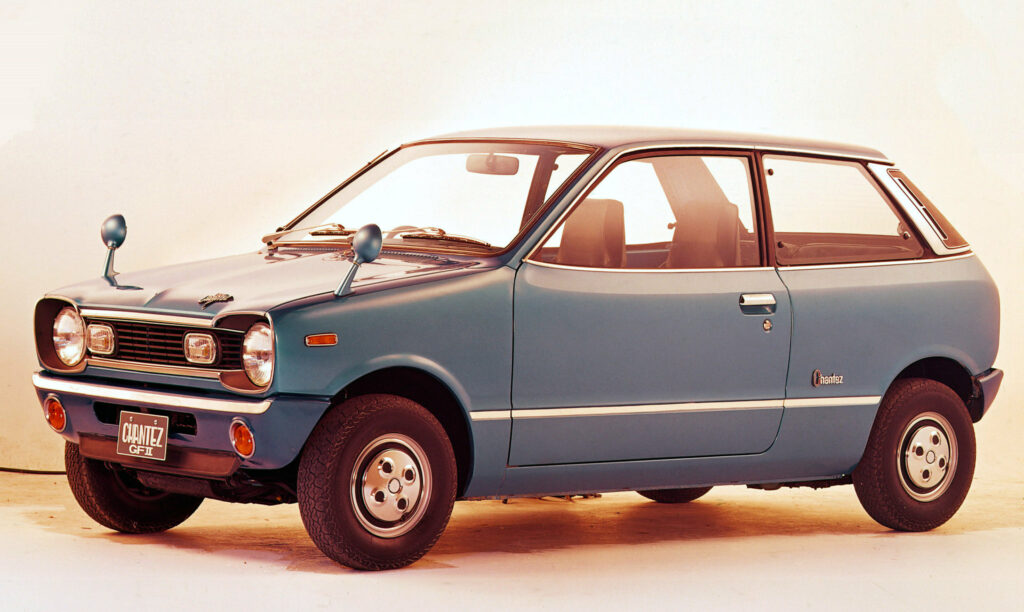
Mazda’s Chantez remains one of the brand’s most intriguing entries, with proportions that still look acceptable today

Here’s one car that really intrigued us in 2024, which we thought might have warranted a story in Year of Cars 2025 but ultimately didn’t: the 1972 Mazda Chantez.
Most of you know that Mazda fielded a kei car from 1962 to 1970 called the Carol, with a reverse-rake rear window. It was Toyo Kogyo’s response to the Subaru 360, having missed the mark with the V-twin R360 coupé prior. Now with four seats, the Carol initially did well, but as the kei market heated up, sales dropped, though it didn’t stop Mazda from considering re-entering the market in the 1970s.
The Carol name vanished after 1970 and did not reappear till 1989, but in between, Mazda created the Chantez, with the aim of giving it a single-rotor rotary, the 3A, which was related to the 10A unit from the 1968 Familia Rotary. However, the company faced technical difficulties, and there was a huge lobbying effort from its competitors to hinder the rotary’s adoption. Mazda instead placed its air-cooled two-stroke from its Porter kei commercial into the car, mounted longitudinally, driving the rear wheels. The Porter itself was based around the B360 commercial, which in turn was related to the R360.
This wasn’t the only compromise: to save costs, Mazda gave the Chantez leaf springs at the rear, whereas the Carol had independent suspension. The two-stroke managed a respectable 35 PS at 6,500 rpm, moving a light kerb weight of 490 kg, but it never did that well, and Mazda did not return to the market until the end of the 1980s, and then with Suzuki as a partner.
But in terms of exterior styling, the Chantez hit (pun unintended) all the right notes. Short overhangs, a short bonnet despite the longitudinal engine, and a very large glass area. The wheelbase was 2,200 mm, more than its competitors, relative to an overall length of 2,995 mm. Width was a tiny 1,295 mm, and height was 1,290 mm. A cute, simple grille with circular indicators below the chrome strip on the bumper. The rear was similarly cute, with simple, chunky rear light clusters. The bumpers themselves were single units incorporating the valance. All of this gave the Chantez a very modern appearance for 1972, and while its design wouldn’t pass crash testing in 2025, there’s a lot that’s still right in terms of styling. Not bad for something from the 1970s when many other cars had over-adorned styling; the Chantez finds itself the product of a modernist approach to design, something that Mazda itself wasn’t doing with the Grand Familia.
The exterior design leap from Chantez to the 1989 Autozam Carol isn’t as great as one might think, with the later car also adopting a simple grille and a large glasshouse.
Odds are however the Chantez wound up, it would have had some market-place difficulty, with the fuel crisis of 1973 dampening enthusiasm for the rotary engine. But in some alternative universe where it was equipped with the 3A rotary, a brief moment, the Chantez could have cemented itself a place in kei-jidosha folklore between 1972 and 1973. •
